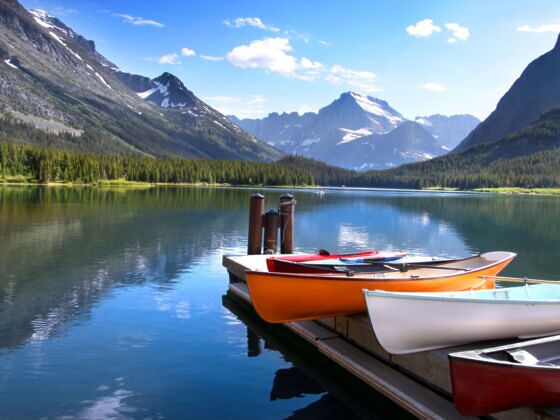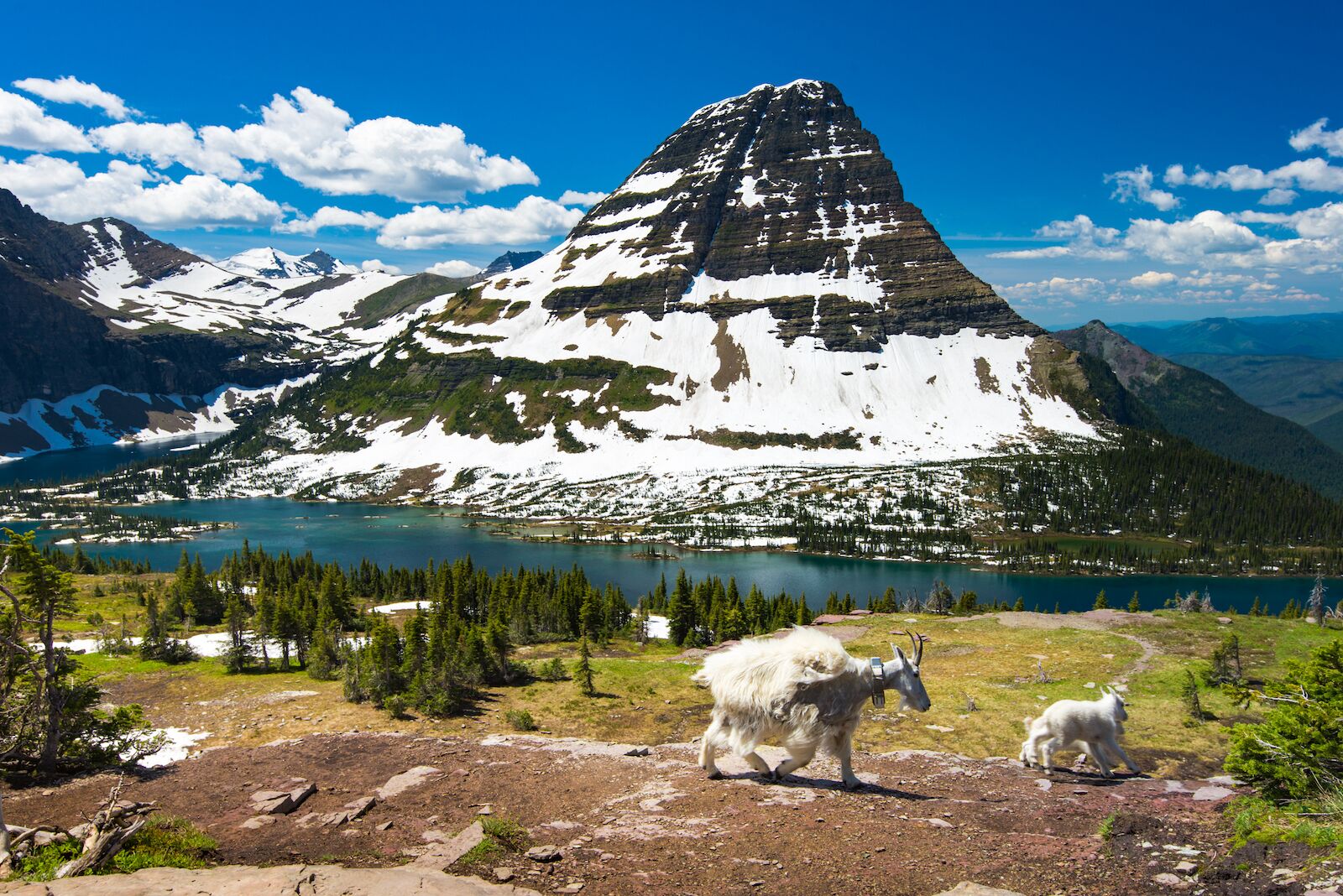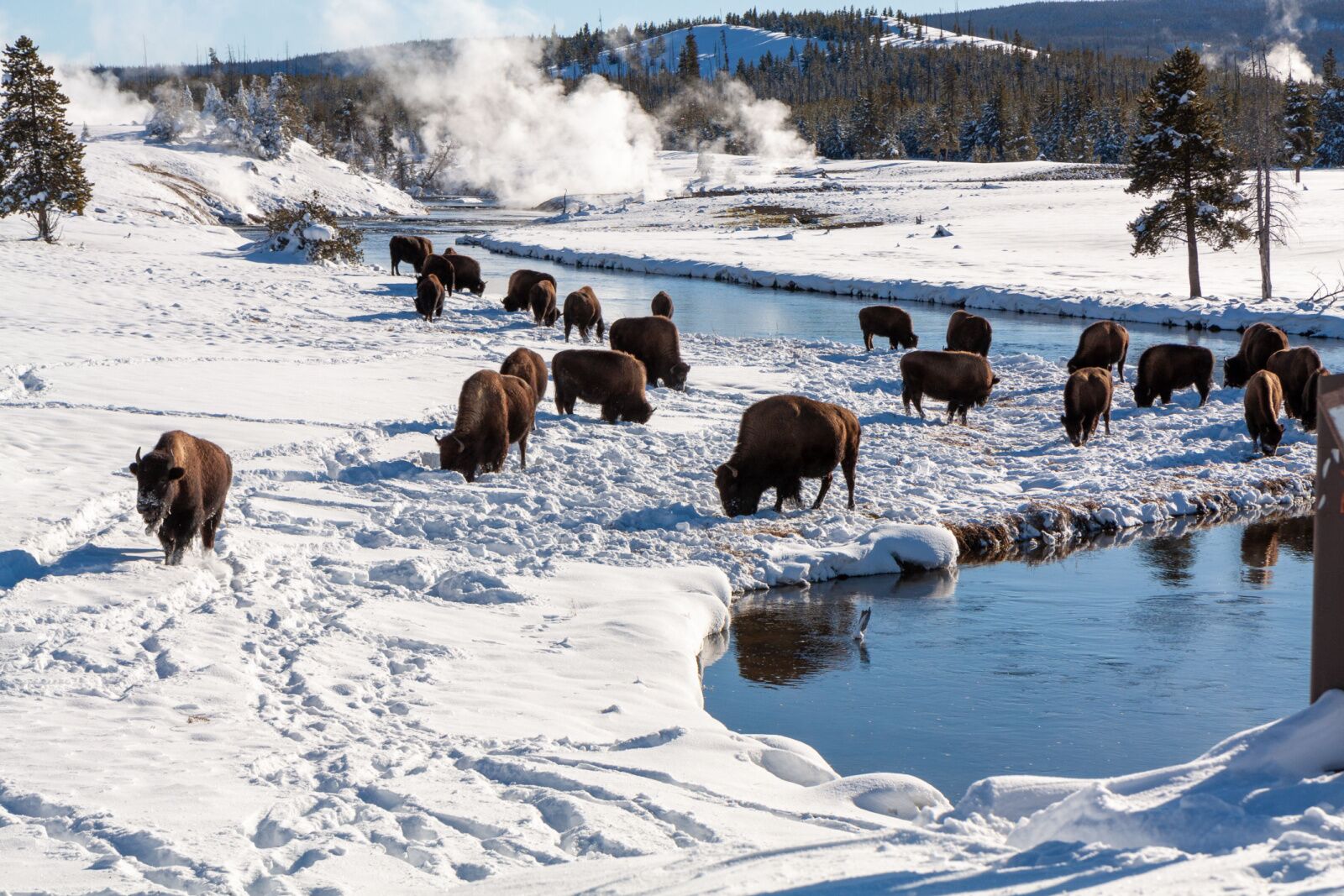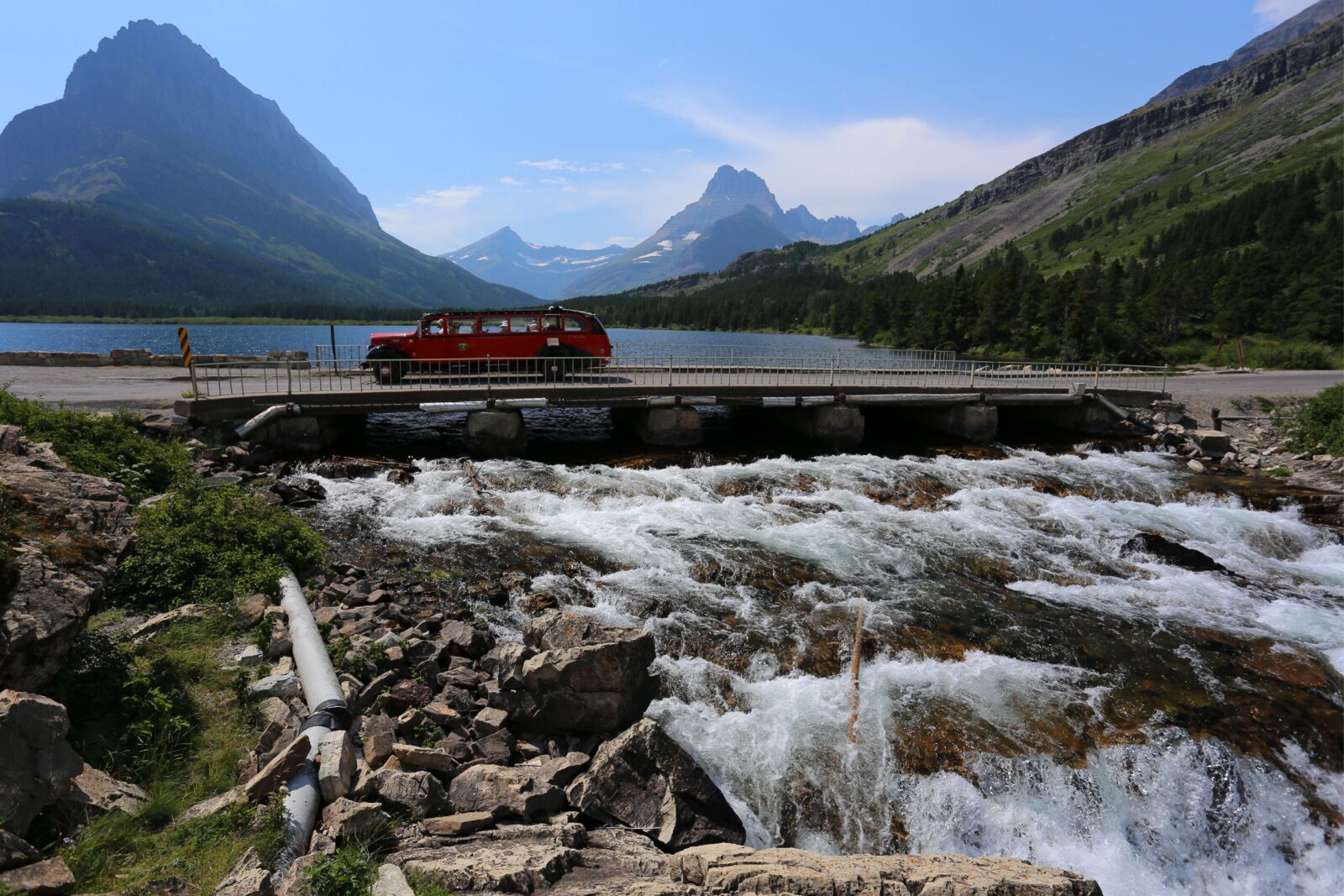The United States has 63 national parks in its national park system, but they’re not all spread evenly throughout the country. Some states are lucky enough to have multiple national parks, like California (nine) and Utah (five).
But quantity doesn’t always outweigh quality, and two of the most popular and gorgeous parks in the US are in Montana: Glacier National Park and Yellowstone National Park (which spreads between Wyoming, Montana, and Idaho). While the two parks aren’t technically too far from one another – it’s about a six-hour drive to connect the two – both parks are so large and have so much to offer that they deserve their own separate trips. It’d be shame to travel all the way to Glacier and only see the highlights, especially for backpackers or hikers willing to stray off the paved paths and into the park’s thousands of acres of undeveloped wilderness.







